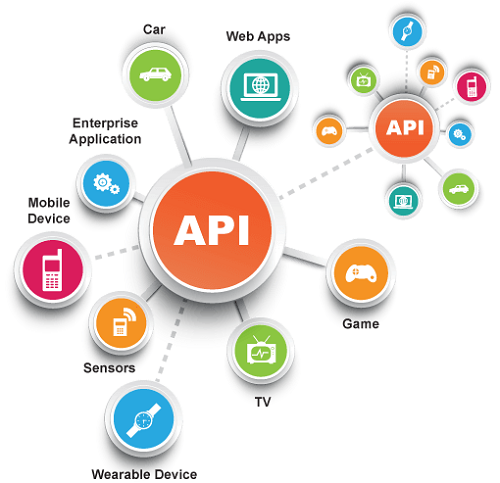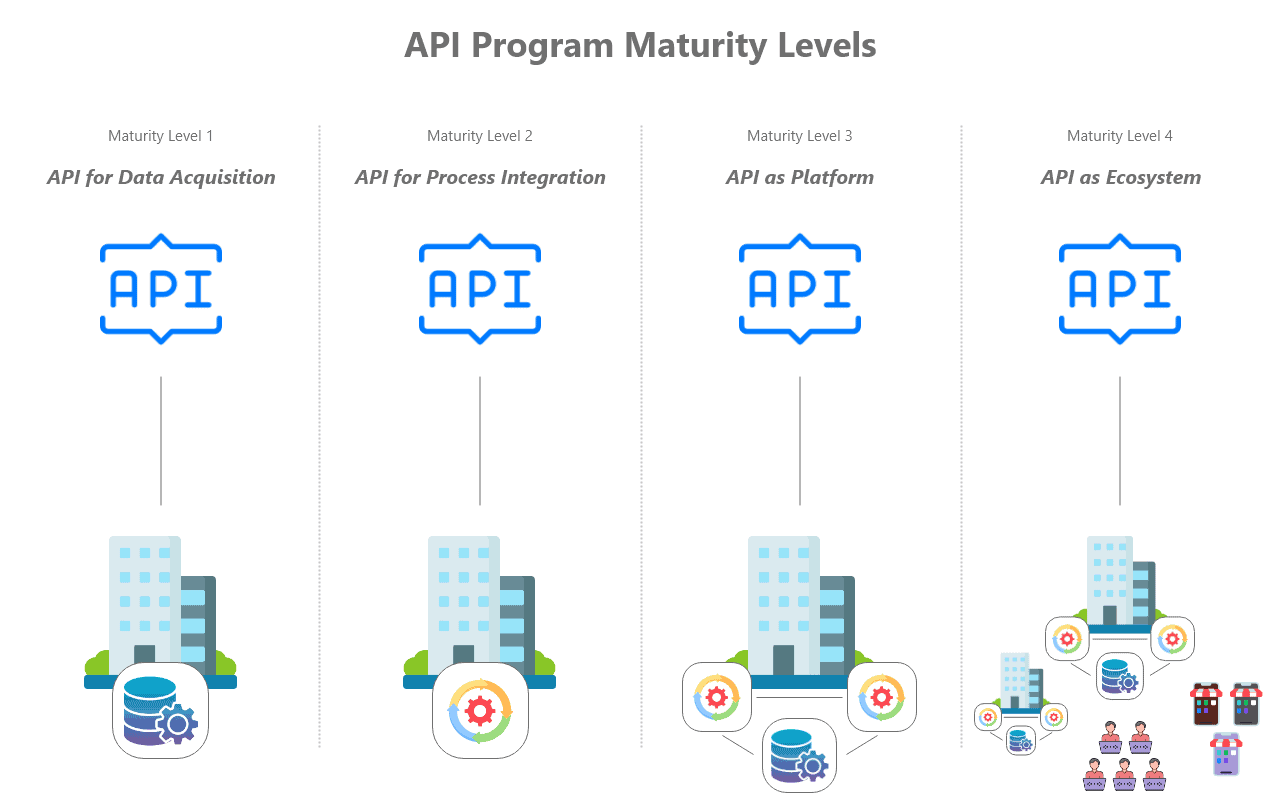In the past decade, we’ve seen a paradigm shift in how organizations perceive, use, and distribute data. We have realized the actual value of data by enacting governance and regulations to make it more accessible, fostering better exchange and reuse. This trend has also given rise to the paradigm of Big Data. Here, data from multiple disparate sources are accumulated in one place to extract and deliver actionable insights based on various levels of data analytics.
As it turns out, some of these insights can be monetized by offering them to external users or customers. The Application Programming Interface (API) is a vital tool enabling this transformation. APIs provide a seamless way to consume data. They also guard the data to prevent unauthorized access. Given the vast potential for leveraging data using sophisticated data analytics and machine learning, it’s becoming increasingly clear that every company in this digital age should adopt the API first approach to offer data-driven insights wrapped in value-added API services.

Here are a few compelling reasons to support this argument: “Every company with an API service.”
Reason #1: Democratization of Data
The democratization of data implies that data is accessible and usable by everyone. It is no longer limited to data scientists or IT professionals. APIs play a crucial role in this process. They facilitate data distribution to a broader audience, making it easier for everyone to access, analyze, and generate insights from data.
APIs also foster innovation. By providing a standardized way to request and receive data, they empower developers to create new applications and services. This democratization also enables a vast ecosystem of third-party developers. This trend gives impetus to a host of data centric services offered by organizations.
Consider the example of Twitter. Its success is closely tied to its robust API, which allowed third-party developers to create various applications and services, expanding Twitter’s reach and functionality.
Reason #2: Data as a Service (DaaS)
In the wake of the data revolution, we’re experiencing a move toward a new business model, Data as a Service (DaaS). This business model involves the delivery of data on-demand to the customer, irrespective of geographic or organizational separation between provider and consumer. Adopting DaaS is the first step towards monetizing data, facilitating collaboration, and informed decision-making.
However, delivering data via DaaS is more complex than turning on a data faucet. That’s where API first approach come in. APIs serve as the conduit for transferring data from the service provider to the consumer in a structured, consistent, and secure manner. They act as a bridge between different software applications, allowing them to communicate and share data effortlessly. Over the years, API standardization efforts have resulted in a mature ecosystem of API management platforms to launch and host a DaaS offering.
Crunchbase is a great example of DaaS. The Chrunchbase database is accessible via an API service that allows anyone to access an up-to-date listing of company information and other details.
Reason #3: The API Economy
In recent years, we’ve witnessed the rise of the “API Economy”. Companies now provide APIs as a service and build additional revenue streams around them. APIs have become products in their own right.
Companies like Stripe and Twilio have exemplified this model, with their entire value proposition revolving around their APIs. Stripe, for instance, simplified online transactions with its easy-to-integrate API, propelling it to become a multi-billion dollar company.
Reason #4: Race Towards Digital Transformation
APIs have otherwise witnessed considerable evolution over the last decade. With the rise of cloud computing, mobile applications, and IoT devices, the demand for APIs has surged. Therefore, these interfaces have become the foundation of digital interactions, enabling seamless integration between distinct systems and unlocking new business possibilities.
Whether it’s a financial institution providing access to real-time market data, a healthcare provider sharing patient records, or an eCommerce platform exposing product catalogs, APIs are the cornerstone of successful digital transformation. Therefore an AP first approach fosters inter connectivity among businesses to forge partnerships and stay competitive and relevant in the digital economy.
The Future is API First
Given the vast potential to tap the infinite stream of data and the prominence of APIs to govern its consumption, it is safe to predict that the future belongs to companies that take the “API-First” approach. This also applies to the millions of small and medium-sized organizations, not just the big fat, Fortune 1000 companies.
What does it entail to think in terms of “API-First?”
Traditionally, any company taking steps to build a product or service would think about product design, user interfaces, and system architecture. An “API-first” approach will start with data governance, data/information architecture, and API interfaces.
This calls for a product management transformation focussed around an API program to manage the entire API lifecycle. Along with a well-defined API program maturity model, it underlines the essential steps for API led monetization approach to project APIs as essential business tools that drive innovation, enable data democratization, and lay the groundwork for digital transformation.

In essence, APIs become the arteries of the digital economy. They allow the lifeblood of data to flow freely, fueling the continued growth and advancement of the business world.


